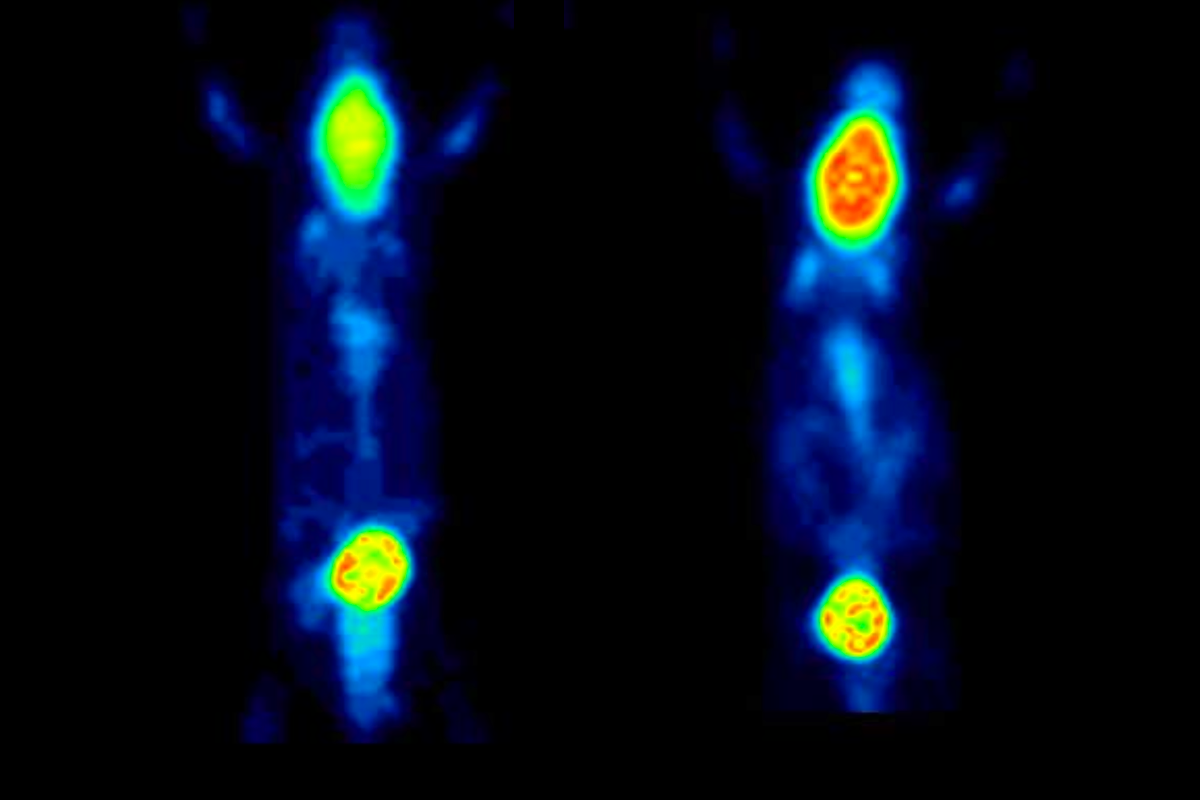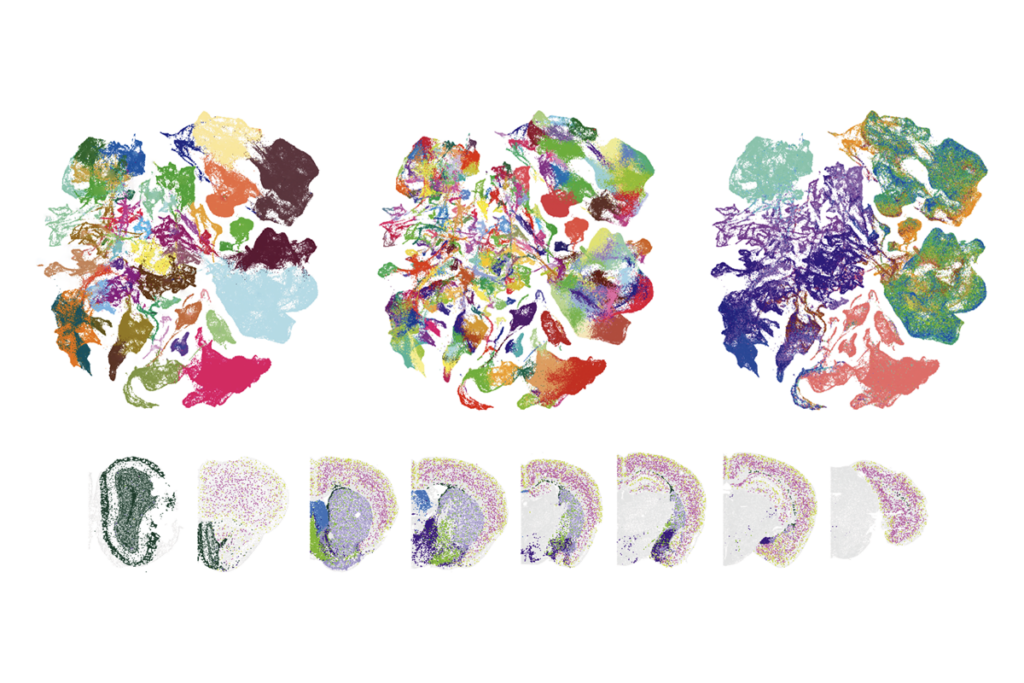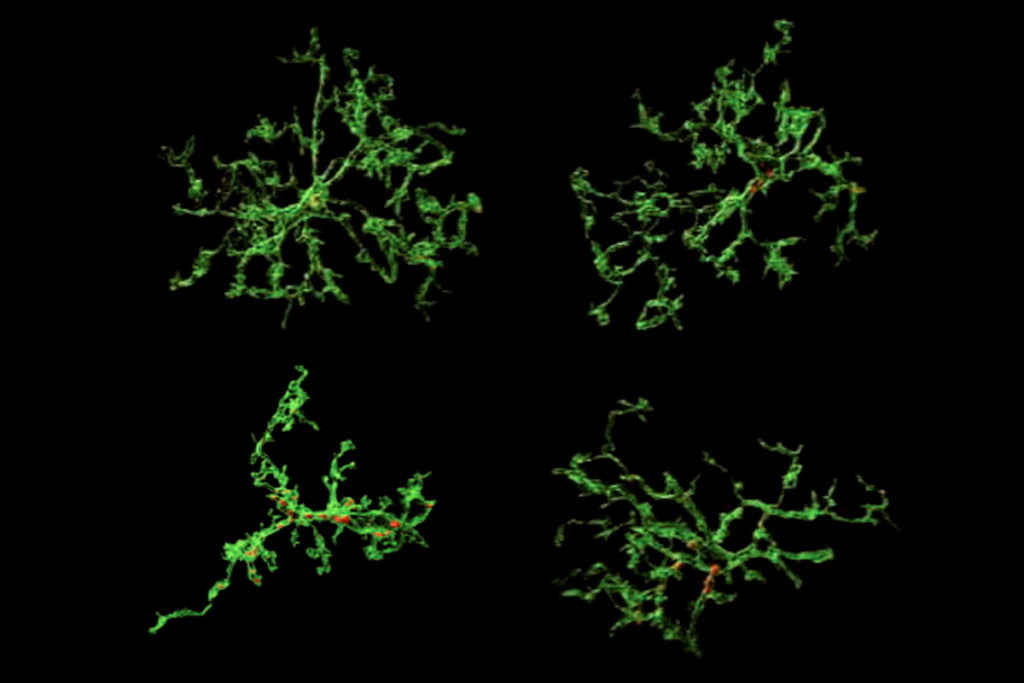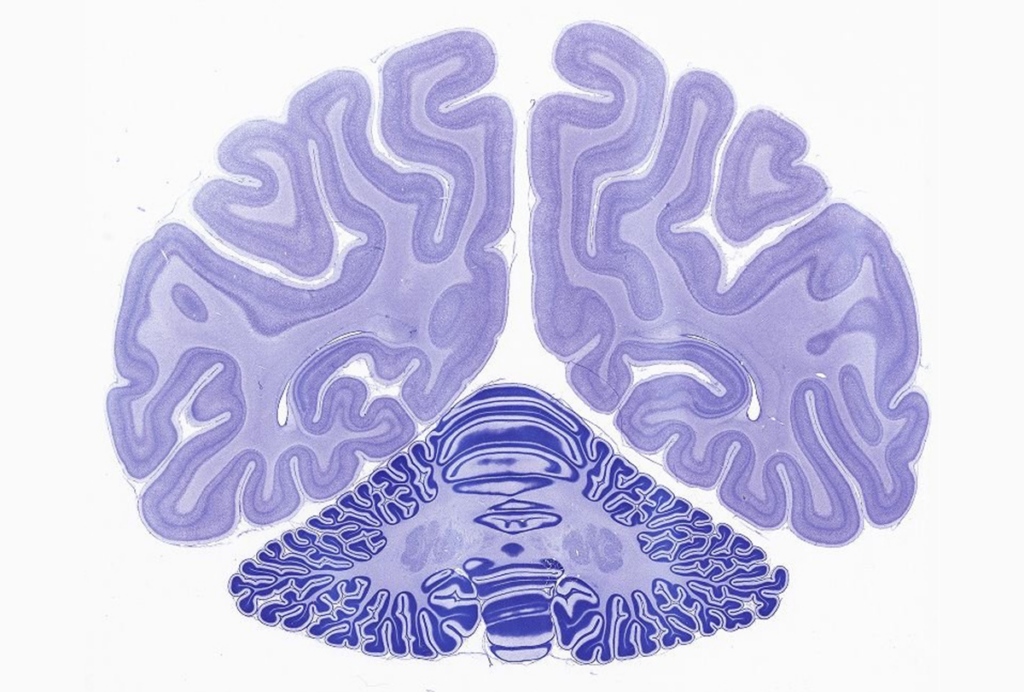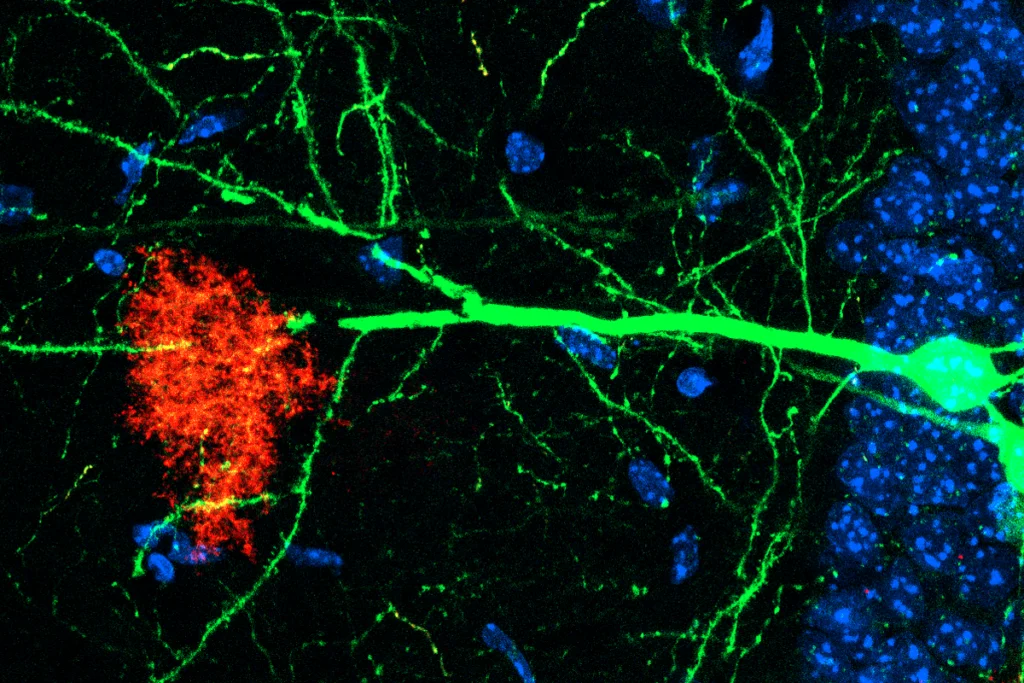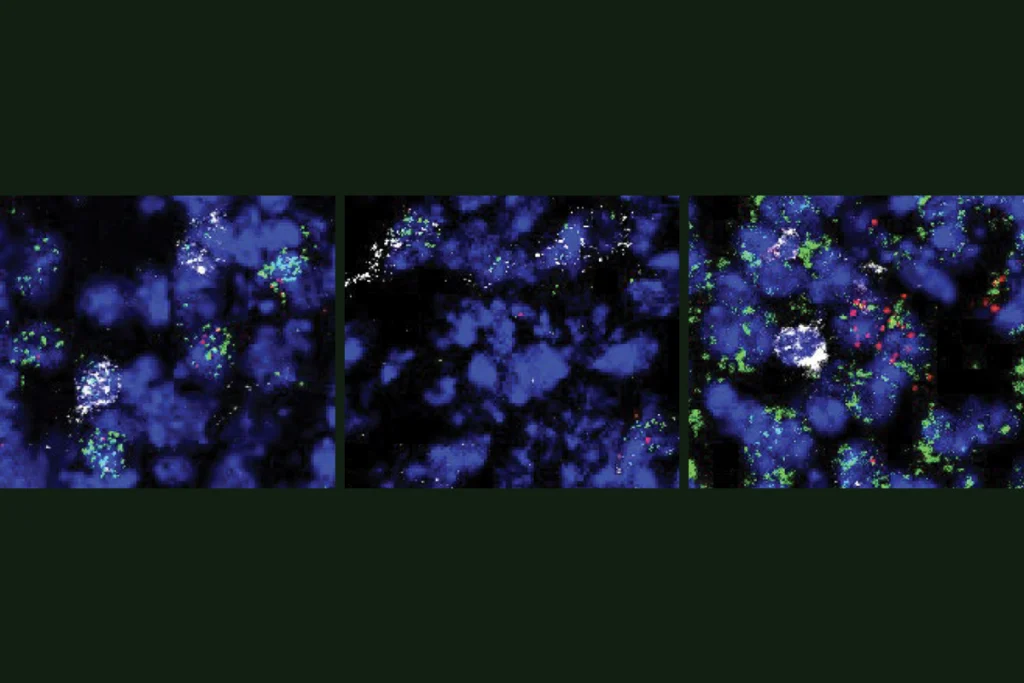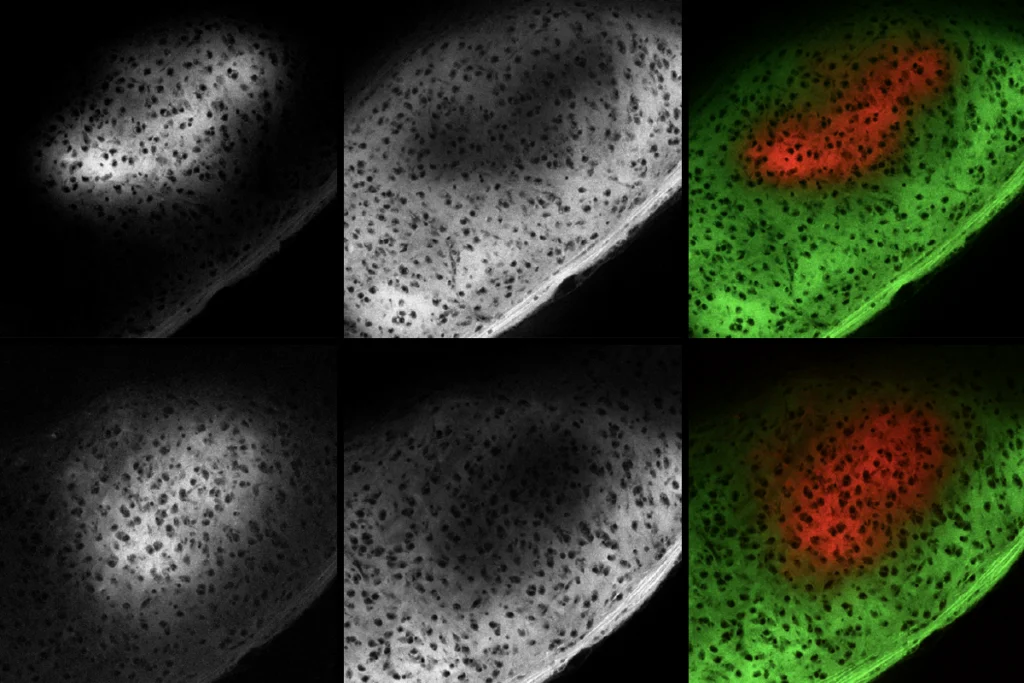The brain is a metabolic powerhouse: It uses about 20 percent of the body’s energy, despite making up only 2 percent of its total weight. Most of its cells draw on glucose to generate energy, but—according to a debated hypothesis from the 1990s—active neurons tap lactate, a byproduct of glucose metabolism in astrocytes, for efficiency’s sake.
Recent findings add fuel to this long-standing debate. Astrocytes in mice that lack GLUT1, the cells’ primary glucose transporter, use less glucose than control cells do, and yet the animals’ cognitive abilities remain energetically supported, even under stress, according to a study published in Science Advances in October. The result suggests that the neurons in these mice used increased amounts of glucose directly.
“I thought that eliminating GLUT1 would cause everything to go wrong,” says lead investigator Maite Solas, professor of pharmacology and toxicology at the University of Navarra. “But when we knocked it out, we found just the opposite: The brain started consuming more glucose—though we still don’t know how.”
Solas’ work joins a collection of studies from the past decade that suggest neurons do not always use lactate from astrocytes as their main energy source.
In certain conditions or brain regions, lactate may act more as a signal than as fuel for neurons, although its exact role remains unclear, says Cristina García-Cáceres, professor of neuroendocrinology of systems metabolism at Ludwig Maximilian University of Munich. “We still don’t know what lactate is doing.”
W
hen it was first introduced, the astrocyte-neuron lactate shuttle (ANLS) hypothesis “was kind of heretic,” says Luc Pellerin, professor of cell biology at the University of Poitiers, who helped develop the idea as a postdoctoral researcher in Pierre Magistretti’s lab, then at the Swiss Federal Technology Institute of Lausanne.Pellerin and Magistretti proposed that astrocytes provide lactate to active neurons following a string of study results, among them the revelation that astrocytes release lactate when metabolizing glycogen, a stored form of glucose, and that the neurotransmitter glutamate stimulates glucose uptake and breakdown in astrocytes. Over the years, brain scans, studies of neurodegenerative conditions and evidence of a lactate shuttle from astrocytes to neurons corroborated their idea.
But other studies challenged ANLS along the way. During periods of stimulation, for instance, neurons in brain slices and in mice depend primarily on glucose, not lactate from astrocytes. And “if you replace glucose fully with lactate, it becomes problematic,” says Oliver Kann, professor of neurophysiology at Heidelberg University. For instance, adding lactate to brain slices induces disturbances in brain-wave patterns associated with attention and memory, which require high levels of energy, Kann’s team has found.
These and other contradictory findings led some researchers to propose an alternative hypothesis, whereby neurons provide lactate to astrocytes instead. This switch already occurs in the retina, where glial cells that can’t break down glucose rely on lactate produced by photoreceptors—a specialized type of neuron.
But the October findings suggest yet another possibility—that the brain is far more flexible than previously thought, and it can adapt to use different energy sources, says Kristen O’Connell, associate professor at the Jackson Laboratory.
The GLUT1-knockout mice maintained stable glucose levels in the fluid surrounding the brain and spinal cord, indicating that neurons can use glucose efficiently in the absence of lactate shuttling. And the animals performed just as well in memory tasks as mice with the intact receptor, even when they were fed a high-fat diet, which is linked to cognitive losses.
This flexibility may help protect against conditions such as Alzheimer’s disease and aging-related cognitive decline, which have been linked to reduced glucose use in the brain. “There’s an interesting capacity built into the system that is a key to understanding why one person might be able to resist the deleterious effects of age or Alzheimer’s, and another person isn’t,” O’Connell says.
“Neurons do use also glucose, but they will prefer, if they have the possibility, to use lactate,” Pellerin says. This balance, he adds, can change depending on the situation and the brain region. “Now it’s a matter of trying to understand better [lactate’s] specific role in certain conditions.”
T
he new findings point to compensatory responses when lactate is not available, says Juan Bolaños, professor of biochemistry and molecular biology at the University of Salamanca, who was not involved in the study. But the underlying mechanisms and the specific cell types responsible for the increased glucose uptake, as well as how neuronal activity triggers glucose breakdown to lactate in astrocytes, remain unclear, he says.Another question, he adds, concerns the role of astrocytes in white matter, where axons are covered by oligodendrocytes. Lipid breakdown in oligodendrocytes serves as an energy reserve in white matter when glucose is scarce, according to a 2024 study.
Magistretti, now distinguished professor of bioscience at King Abdullah University of Science and Technology, says he isn’t swayed by the new findings and insists that highly active neurons under typical conditions rely mainly on lactate for energy, whereas glucose fuels antioxidant production. He notes that his team’s unpublished work suggests that reducing GLUT1 expression in mice activates other glucose transporters, which leads to an overall increase in glucose uptake in the brain.
Beyond serving as brain fuel, lactate transport from astrocytes to neurons may support long-term memory formation in rats, Magistretti and his collaborators have reported. The findings suggest a connection between lactate production in astrocytes and the changes in neuronal gene expression that drive memory formation, Magistretti says. In the immune system, lactate acts as a signal that influences gene expression and may even modify certain proteins, he adds.
If so, drugs to boost lactate production in astrocytes could serve as a potential treatment for Alzheimer’s disease and other conditions that have been linked to decreased glucose uptake, Magistretti says—a possibility he and his colleagues are exploring through a startup, GliaPharm. They expect to begin phase 1 clinical trials of a molecule that increases lactate shuttling in cultured cells and in mice later this year, he says.
A better understanding of the metabolic changes in astrocytes might also lead to new therapy targets for obesity and other conditions that disrupt energy balance, O’Connell says, because astrocytes play a key role in energy balance in the brain.
“We don’t have anything that targets astrocytes, and that’s largely because we don’t understand what’s changing in the astrocytes to know what to target,” O’Connell says. Research exploring alternative pathways, such as the October study, could provide new insights for developing more effective treatments, she says.
